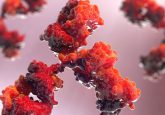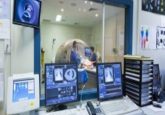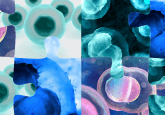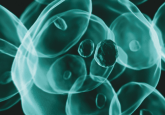Use of patient-derived xenograft mouse models in cancer research and treatment

Since most advanced cancers are still incurable, basic, preclinical and clinical cancer research remains necessary for developing new therapeutic modalities. Many cancer cell lines have been developed, which have for a long time been available for use in basic and preclinical cancer research. However, those cell lines have the disadvantage that they do not necessarily reflect the behaviors of the original cancer cells in patients, owing to the artificial nature of their culture conditions. Therefore, cell line-derived xenograft tumor models, which are established by transplanting well-validated cancer cell lines into immunocompromised mice, have also been used for cancer research [1]. Cell line-derived xenograft has the advantage of creating microenvironments closer to the tumor’s physiological and pathological conditions, but also has the disadvantage that the cancer cells employed might have already lost some of their original characteristics through adaptations to in vitro growth.
Patient-derived xenograft (PDX) mouse models have attracted attention in recent years, with the aim of resolving such problems. PDX mouse models are established by direct engraftment of patient-derived tumor fragments into immunocompromised mice. Since PDXs have been suggested to retain morphologies, architectures and molecular signatures very close to those of the original tumors, it is probable that they have great potential for both basic and preclinical cancer research [2], such as biomarker discovery, drug screening for personalized medicine, understanding of drug-resistance mechanisms and novel therapy development.
Click here to read the full article in Future Science OA.





